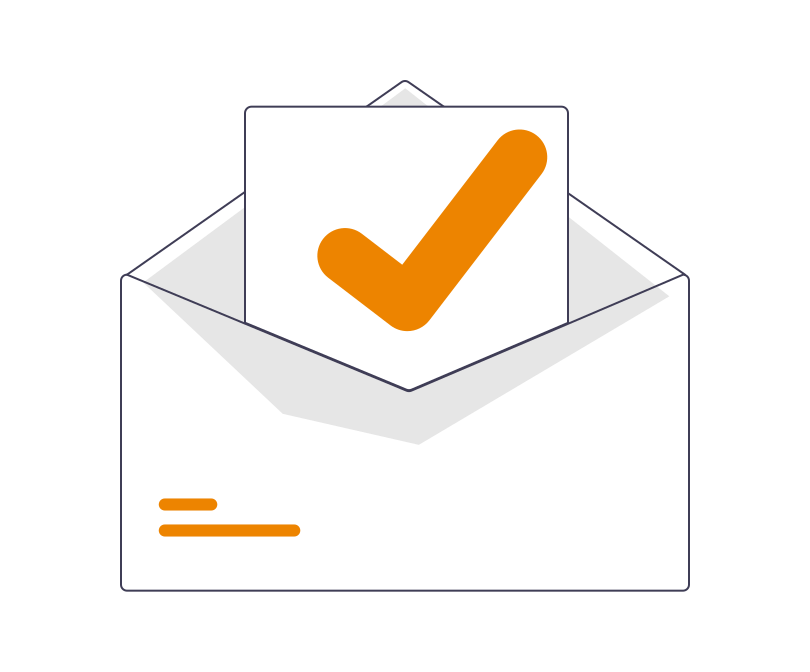Definition of Robotic Process Automation (RPA)
Robotic process automation (RPA) is a business process automation technology through software robots (bots) or digital workers. RPA tools generally allow data to be managed in and between multiple systems. The reason to use RPA is to automate repetitive tasks and manual processes, so the work of employees while interacting with applications, databases and people is optimized.
Systems from the past
So, let’s start at the beginning. In recent years, financial organizations have brought in all kinds of technologies. These ‘systems from the past’ are still used and are often characterized as inflexible, closed off, and incapable of communicating with other systems. They do not offer what is needed to optimize and automate data-driven processes. Some reasons why this is so:
- It’s difficult to adapt systems that are in use. Some systems may be classified as standard software, makings customization more complicated and sometimes even impossible.
- The waterfall method (a breakdown of activities into linear sequential phases) is applied in development instead of Agile working.
- The creation of the system takes place without involving the business. Therefore, the dialogue is absent, people in the organization are not informed, making it even more difficult to drive swift changes.
- The bots used to automate tasks do not cooperate and are not coordinated.
More about Agility in the financial sector
From automated task to data-driven processes
We would like to zoom in on the bots as part of the RPA which are in use to automate tasks. We applaud the automation of repetitive tasks to reduce manual work. We even developed a platform to support this mission! At the same time, we recognize an oversight often made during the development of these bots: they do not cooperate and are not coordinated centrally. Each bot aims its attention to the one task its responsible for. Now the realization has emerged in the financial sector there are indeed a lot of bots doing their thing – yet cut off from the rest – and it’s very complicated to evolve them to true RPA-optimization. To name just a few examples: they must interact and work together. This means it’s essential to give the bots a fitting workload in relation to one another. Also, when one bot cannot perform its task, a signal should be sent, and another bot should be activated as a backstop. In an overarching view, these bots should exchange data to boost data-driven processes. Unfortunately, they were just not developed that way.
Coordinate bots to cooperate
It seems logical that in practice, the step towards cooperative bots is where most financial organizations get stuck. Even though most of us will agree the hyperautomation theory by Gartner – with process mining and 8 toolings working together – is a theory with great potential, most financial organizations are not yet ready for this evolution. There is still a big gap between the current state of the systems and the desired destination: fully automated data-driven processes based on RPA. Nevertheless, there are possibilities to manage the bots and let them cooperate in such a way not only tasks are automated but (part of) processes might be automated as well.
The Be Informed platform as a robo-orchestrator
All you need is the right solution, as an overlay to orchestrate the bots. You might find the answer in the Be Informed intelligent automation platform. This is the kind of robo-orchestrator supporting you in evolving to data-driven processes. It can coordinate and align bots, systems and data, so it becomes possible to fully cooperate supporting automated processes based on RPA. It is the solution for bringing together all those bots, creating a new basis for digital transformation. In addition, the Be Informed platform offers dynamic case management, customer journey automation and end-to-end-compliance. The result? Improved personalized services for customers, connection of all involved systems and bots, and ensured compliance.
More about customer journey personalization in financials
What is up next?
Today we discussed systems in the financial sector that reinforce each other: from tasks to processes. Stay tuned by signing up below or follow us on LinkedIn, Twitter and Facebook to stay in the loop at all times.






